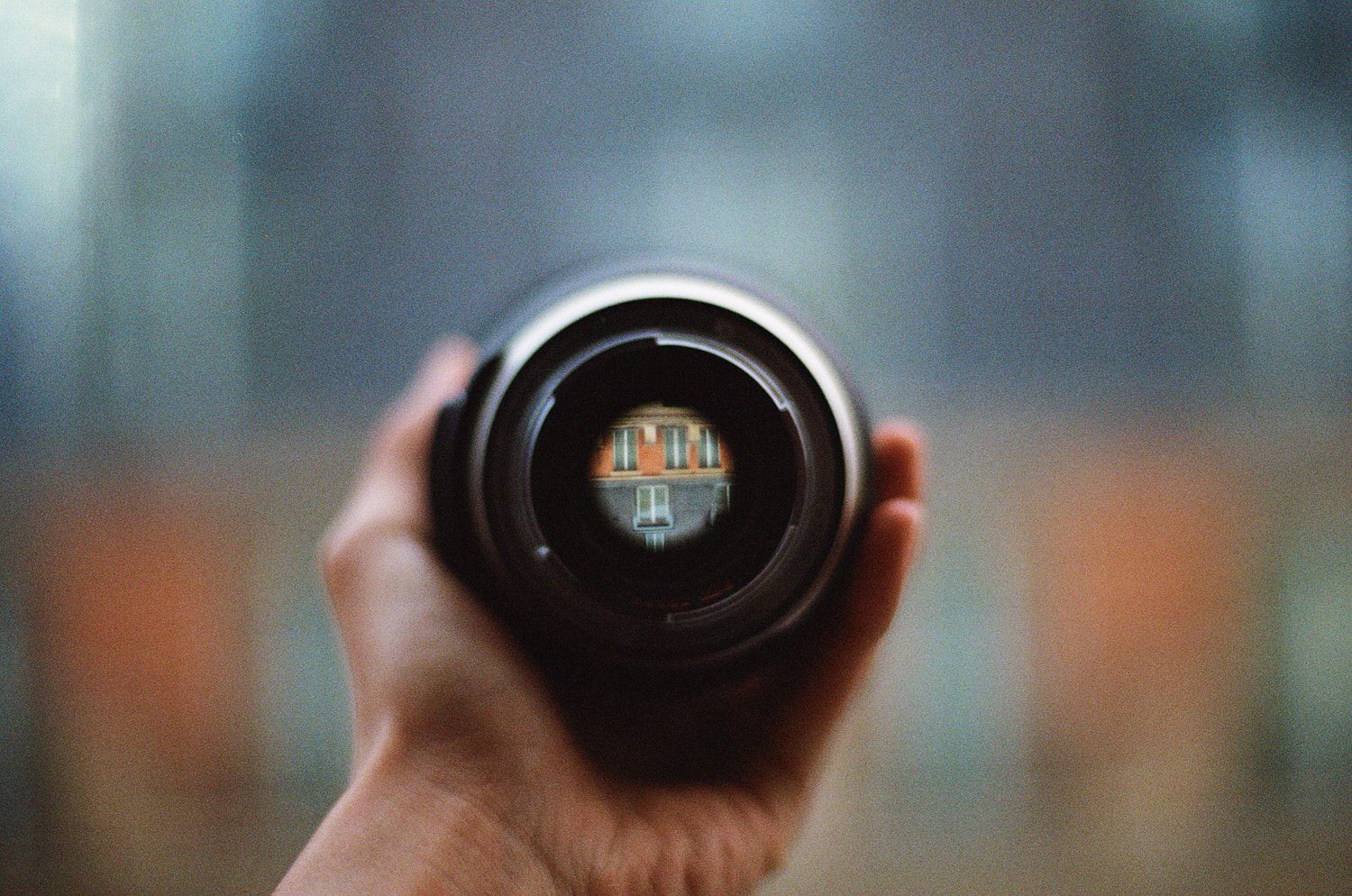5 effective photography tips for beginners
Matthew James Oxlade
So you received a new camera for Christmas and are not sure where to start. I’m not here to tell you everything, but one of my goals for the year is to share some knowledge and give some tips to those who are new to the art. So let’s start the year off with five photography tips for beginners!
Don’t be afraid to venture off automatic
It’s a digital camera and a bad photo won’t cost you anything. Experimenting is key! I’m not suggesting you venture off into the world of manual shooting, but try Program, Aperture Priority or Shutter Priority modes. Some of the best photos I’ve seen are ones that bend the rules of photography and result in an image that is quite unique. If you’re unsure of what any of these are, here’s a good in depth article you might find useful.

Look after your camera
It’s your new baby and while you can always get your camera cleaned, a little bit of care now can save you unnecessary costs later on.
I use two things regularly:
LensPen
There’s an endless amount of brands out there that call their product a LensPen and it doesn’t really matter which one you get. A good LensPen will have a carbon fibre tip on one side and a retractable brush on the other. When using it, extract the brush and make light sweeps to get any dust or hairs off your lens. Then flip the pen around and make small circles with the carbon tip to clean the lens. Any finger prints or smudges should come off nicely with this technique. This is the official LensPen and is the one I use.
Air blower
Again, even the cheapest, most basic blower will do fine. Just a few short puffs on your body’s mirror is enough to get some of those flecks of dust off. Even if you can’t see any on there, give it a few puffs once a week or fortnight.
Palm facing inwards, not outwards
A friend of mine once saw the photo to the right and said, ‘Turn your right hand around, and keep it that way from now on. You get what I mean? I’ll keep this in my archive next to my Arnold Schwarzenegger stamps and my Britney Spears underwear.’ I don’t know what he meant by the last part, but he was right about the first. It’s much more comfortable with your palm facing inwards and you’ll be able to use the focus ring much faster and easier.
If you don’t believe me, try it!
Don’t be afraid to ask for feedback
Everyone started somewhere. Even the photographer you admire most has inspiration and wishes they could have taken a certain photo they love. And since you’ve just picked up your camera, don’t be afraid to ask for feedback. Sure, your family and friends might not be the most forthcoming with constructive criticisms but it’s nice to get a little confidence boost and there are always other sources of feedback out there.
Take a quick Google search of photography communities, both online and offline. Most have beginner sections where other members are willing to share their thoughts on your work. Don’t be offended if someone says they don’t like an image. If they have a reason why keep it in mind next time you’re shooting in a similar situation.
Somewhere out there, that person is also being told their image is bad for a list of reasons. That’s why they classify photography as an art form. It’s open to interpretation and there’s an infinite number of ways to do it!
Don’t skimp on filters, but don’t be up-sold
Some photographers say any filter is a bad filter, but I disagree. Cheap filters will degrade your image. You might not see it straight away, but when you have seen enough images come out of your camera, you will.
My favourite filter glass is the Hoya Pro 1D. The regular Hoya filters are fine and are much more cost-effective so might be a good place to start. As you progress, move to the Pro 1D filters. But beware! Salesmen and women at the camera store are out to get your cash. They’ll tell you that the Pro 1D and other filters have a variety of types and start swamping you with options of UV, Neutral Density and Polarising filters. They’ll give you all kinds of excuses as to why one type is better. The most common being, ‘Polarising filters are the best because they give you richer colours’.
The truth is, they do but also block some of the light entering your lens. They also reduce glare. So if you’re not shooting through glass often or seascapes, go with the standard UV filter and enhance the colours slightly in Lightroom or Photoshop later on.
I hope that helps anyone that was lucky enough to unwrap a new DSLR camera on Christmas Day. Now get out there and start shooting!